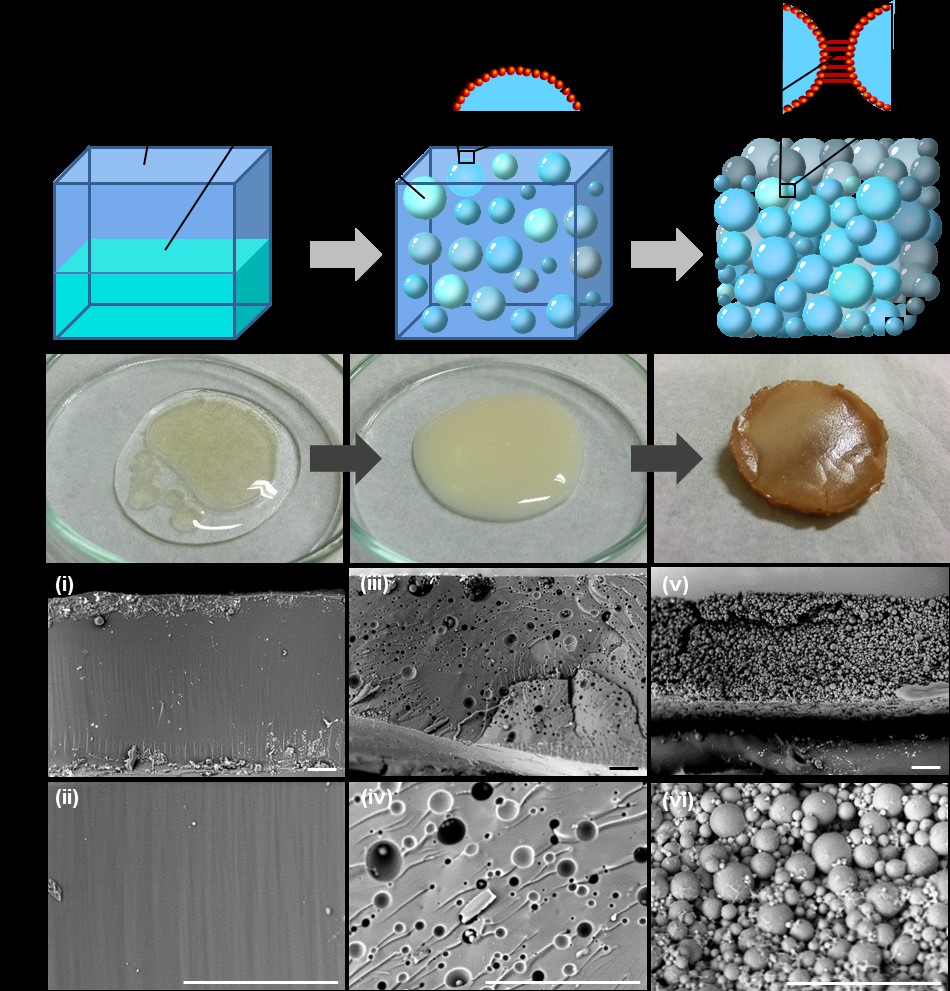

Opportunity
Multi-drug therapy has attracted extensive interest because of its potential to offer higher therapeutic efficacy as compared with that of single-drug therapy. However, conventionally, multi-drug delivery is mediated mainly by systems originally designed for single-drug delivery. As co-delivered drugs are simply mixed together in that single system, the possibility of multi-drug delivery is limited by the compatibility and solubility of the co-delivered drugs.
Over the years, these limitations have been addressed by the development of systems (e.g., microfluidic electrospray technology) that make the co-delivery of incompatible drugs feasible. However, the efficiency of the loading process in such systems is largely affected by the hydrophilicity and lipophilicity of the drug molecules; the amount of the loaded drug, whose hydrophilic/lipophilic nature is opposite to that of the system, may be too low to have a significant therapeutic effect. Therefore, a drug carrier that can effectively deliver both lipophilic and hydrophilic drugs is needed for the future development of multi-drug therapy.
Technology
The inventors developed a microsphere hydrogel sponge as a novel drug delivery material for the delivery of both lipophilic and hydrophilic drugs. This invention consists of poly(trimethylolpropane ethoxylate triacrylate) microspheres cross-linked by a hydrogel, which is formed by a starch-based bifunctional emulsion stabilizer (StarMA). Due to the sponge’s amphiphilic character and large surface area available for drug absorption, this material can load both hydrophilic and lipophilic drugs. These sponges with a higher compositional ratio of the hydrogel have a low swelling capacity and erosion susceptibility, leading to high drug release sustainability. Testing by MTS assay shows that the acute and delayed cytotoxic effects of this material are negligible. Furthermore, this invention enables the delivery of drug molecules with diverse aqueous solubilities at the same time, extending the possibilities of therapeutic administration. In summary, the microsphere hydrogel sponge is a novel material with a high safety profile and warrants further development as an all-round drug carrier for multi-drug delivery.
Advantages
- The invented material is easy to prepare and can be readily used for practical applications.
- This invention addresses the limitations of alternative technologies, such as their lack of generalizability, ability to only deliver a single drug, and/or failure to deliver chemical drugs.
- The market currently lacks all-round drug delivery systems that can deliver both hydrophilic and lipophilic drugs, which are highly desirable for multi-drug therapy involving drugs with diverse solubility in its regimen.
Applications
- This material can be translated into a marketable product for pharmaceutical formulation once its production has been optimized in an industrial setting.
- Potential users are any pharmaceutical companies that develop drug formulations that are administered into patients (particularly via implantation, oral administration, and topical administration) for therapeutic purposes.




